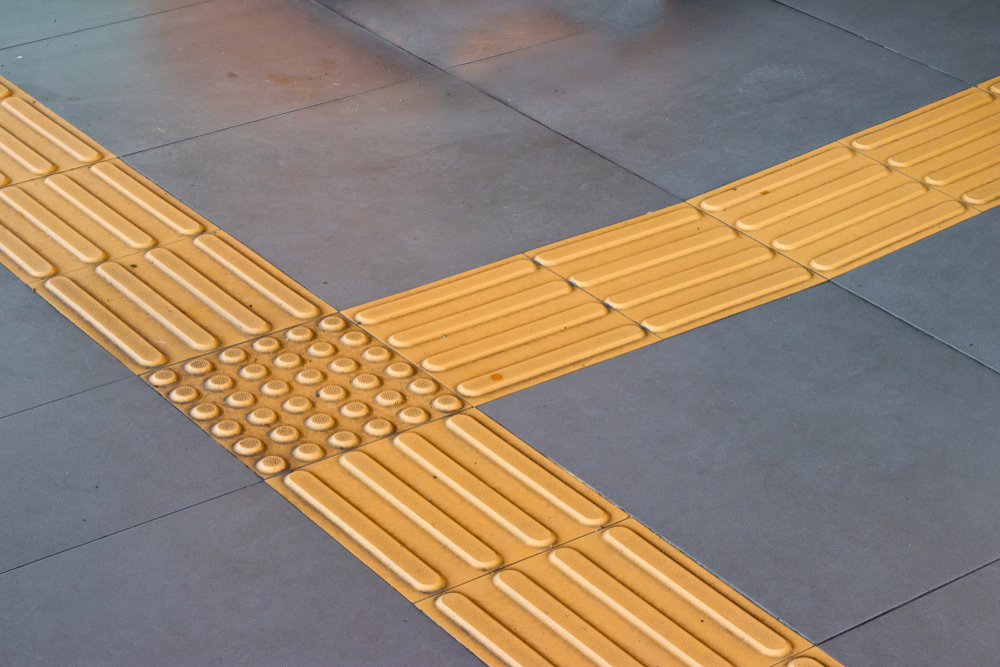
- ARAB NEWS
- 26 Apr 2024

Staff Writer, Dubai
Dubai has been using tactile paving in its metro stations for a while; however, it has recently started incorporating the paving in its shopping centers and areas around the city, reported Gulf News.
The idea originates from a Japanese inventor named Seiichii Miyake. According to Gulf News, he created the tactile blocks in 1965 in order to help a friend who was visually impaired.
https://twitter.com/japan/status/1107606460370804738?s=20
The project was self-funded; however, when the concept was discovered by other Japanese people in 1967, it became mandatory in the country’s train stations.
Miyake named the paving “Tenji” blocks, which is the Japanese translation for Braille. They are often referred to as “Braille blocks,” stated Gulf News.
The tiles are generally installed with raised lines and/or dots that let visually impaired pedestrians know that they are able to walk on safely.
According to Gulf News, the raised lines are used to indicate the user can continue walking straight, while the small dots are used to mark a curb or platform.
The Dubai Municipality has installed the originally Japanese invention across all its centers in the UAE.
However, Gulf News reported that the tactile paving is found in only a few privately-owned buildings, mostly in banks and a few recent community malls.
Mohammad Murad, a civil engineer at Dubai Municipality, told Gulf News that about 23,000 buildings are under assessment, and the flooring will be installed in more places, such as hospitals, schools, and hotels, around the city.
“The horizontal lines used in guiding tactile pavements should be at least a total of 40 centimetres, while each strip should maintain a size of at least 4cm at the bottom and 3cm at the top, according to Dubai Municipality regulations,” reported Gulf News. While the small round bumps should be at a length of 30cm in width and 30cm in length and should be 3cm at the bottom and 2cm at the top.
Other facilities such as various modes of transportation and footbridges installed by Dubai’s Roads and Transport Authority “aim to make mobility easier for people of determination,” said Gulf News.